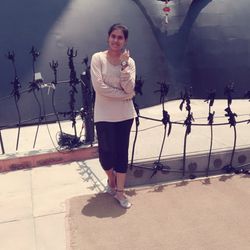

Learning is an important part of life but yet very boring. Learning is an experience. Making this experience a memorable one is a very important task. Learning can be made fun and adventurous. It makes us explore different corners of interests.There are many types of learning. Every student is one of a kind and has different competence. Adapting to only one type of learning is very difficult. There are different types of learning for students. Now it is time to explore the different types and be flexible to the ways.
Popularly known as VARK Visual, Auditory, Read/Write, Kinesthetic. When students have 4 types of learning methods why settle for one? Every student is unique, every student is capable of scoring good marks only when they are giving the right method and proper guidance. Let’s start exploring the different types of learning: Visualisation- It is a process through which students learn through charts and graphs, flashcards and posters. Making charts and images related to the subject makes it fun for the student and informative as well. It depends on how fast a student can visually grasp things. If the student is not visually active here comes another method to learn- Auditory. It is a method where the student absorbs the information when it is spoken. In this case the student takes part in discussion and listens to people talking and absorbing the information. Auditory learners can absorb information through audio recordings. Next comes read/write. This is the most common method through which students learn and many students settle for it without exploring the other existing methods. In this method students prefer writing down notes and learning. They enjoy reading and writing the assignments. The last method is Kinesthetic. It is a very unique method of learning. In this method students learn through tactile process. They prefer to create concrete personal experiences. They process information by recreating and practicing. In simpler words Kinesthetic method is when students understand better through realistic confrontations. When the students are given personal experiences or live examples they understand better and learn faster.
We live in a society where the student’s capabilities are judged by their scored marks but no one cares how difficult the student is finding it to score marks through the only learning method chosen for them. Learning is simple and every student is capable of learning things and adapting information and it is high time that we should realise that every student is unique and should be given a chance to learn things through the method they prefer. So let’s get started!










